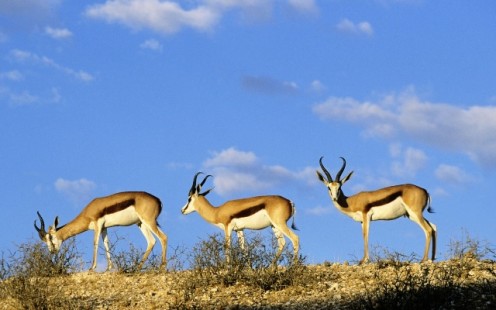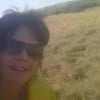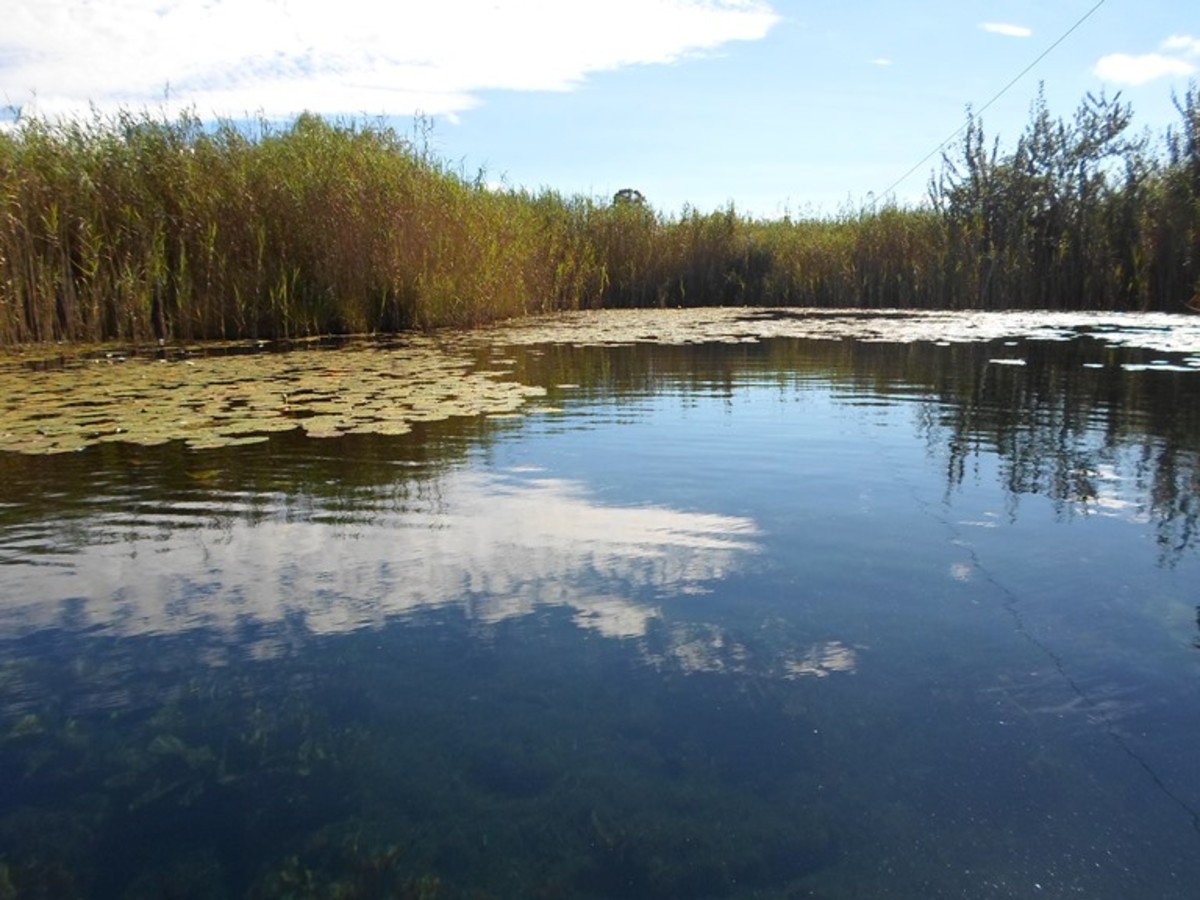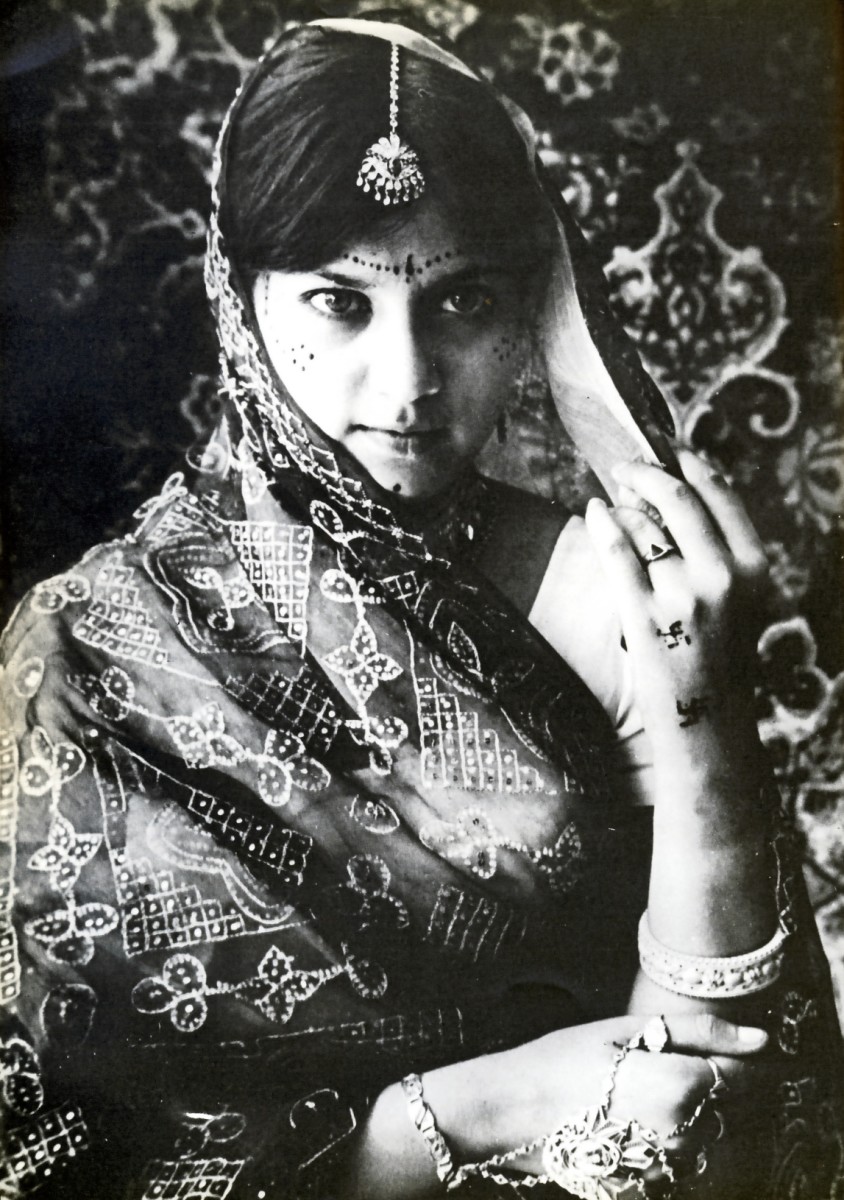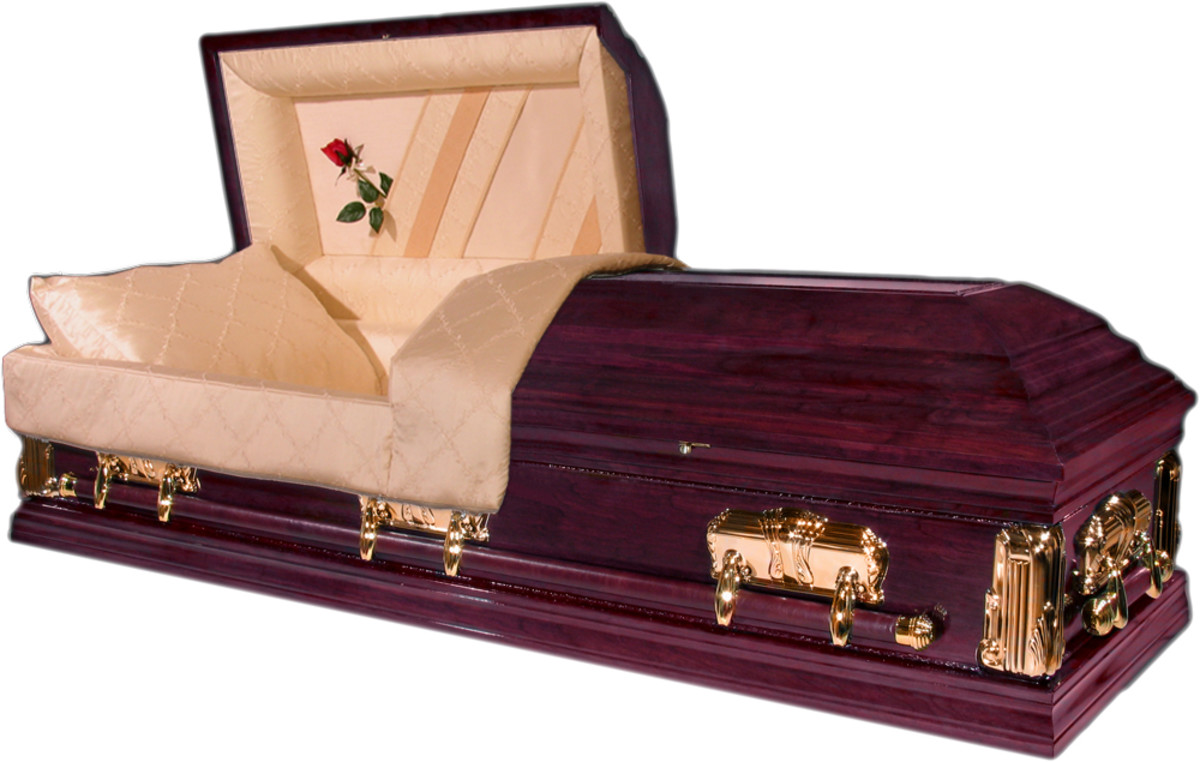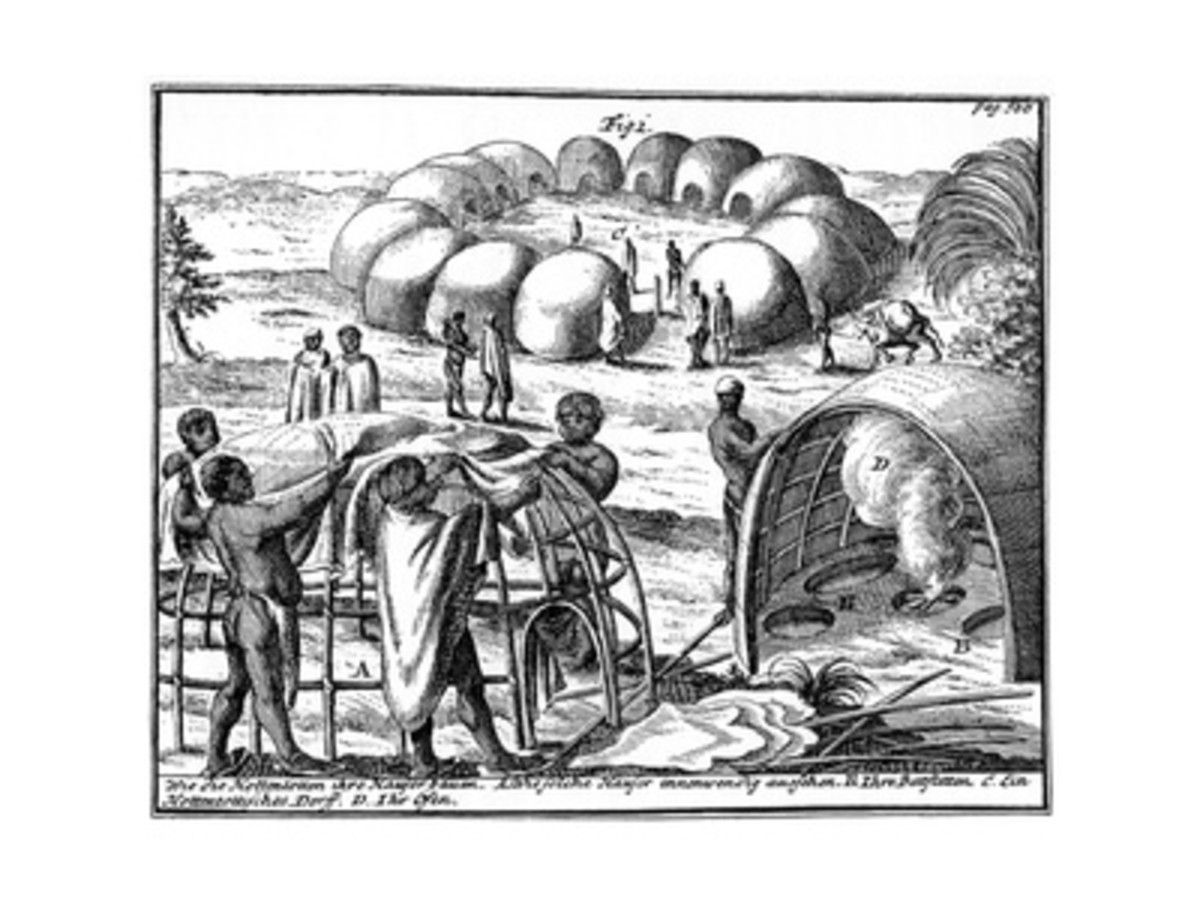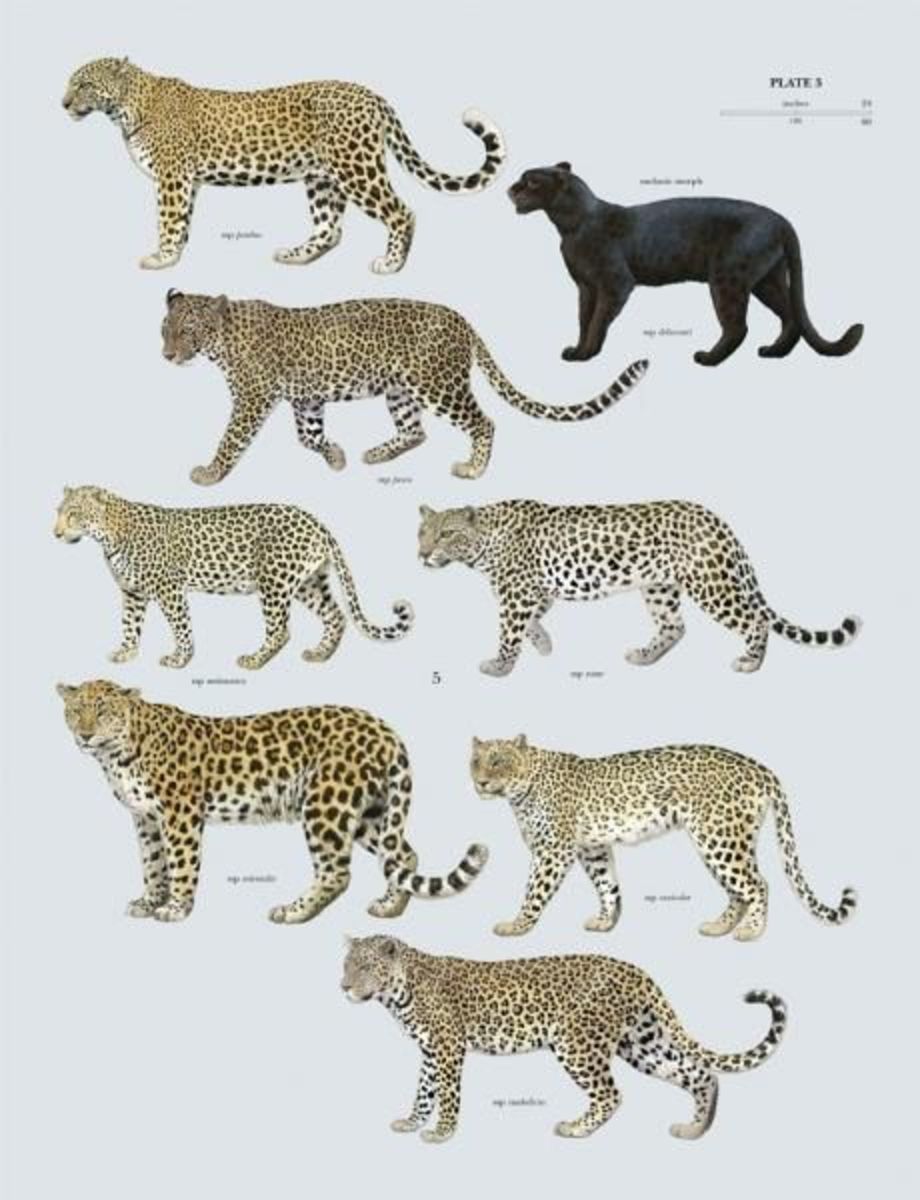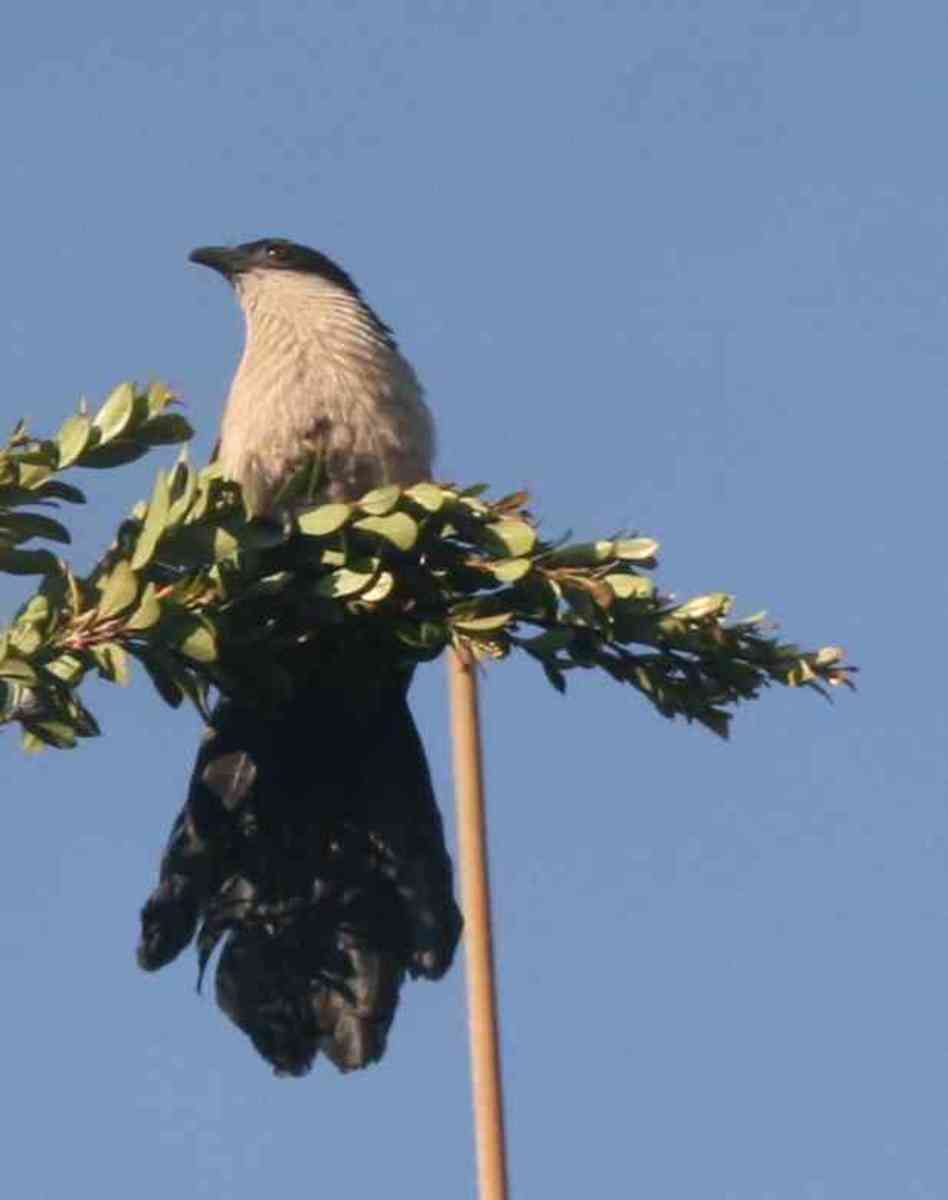Travel in South Africa - from Klerksdorp to Pretoria
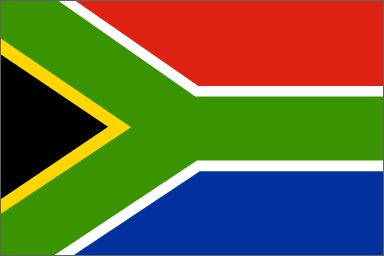
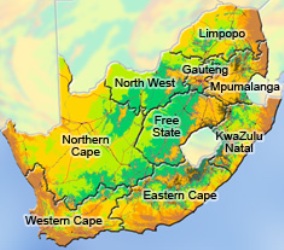
South Africa
Today, and every year on this day, I have an extremely important date in Pretoria. I would like to invite you to join us on this 3-hour trip by car. I am sure you will enjoy the trip, and perhaps some of the things I'm going to show and tell you, may surprise you.
This hub contains a lot of pictures, so please make sure all items are loaded before you start reading.
First a little background, just so you know where in the world we are.
Pretoria is in South Africa, and South Africa is the best developed country situated in the most southern part of Africa. Forty-eight million people live in SA. The country is divided in NINE provinces -
- Eastern Cape
- Western Cape
- Northern Cape
- KwaZulu-Natal
- Free State
- Gauteng
- Limpopo
- Mpumalanga
- North West Province
Believe it or not, South Africa has eleven official languages, excluding the languages of immigrants from Greece, Portugal, China, Israel, Germany, et cetera. Although English is the mother-tongue of the minority, it is South Africa's official language-medium. Setswana, Afrikaans and English are the most spoken languages in the North West Province.
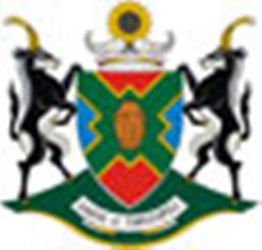
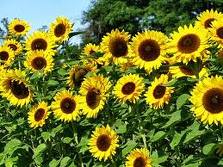
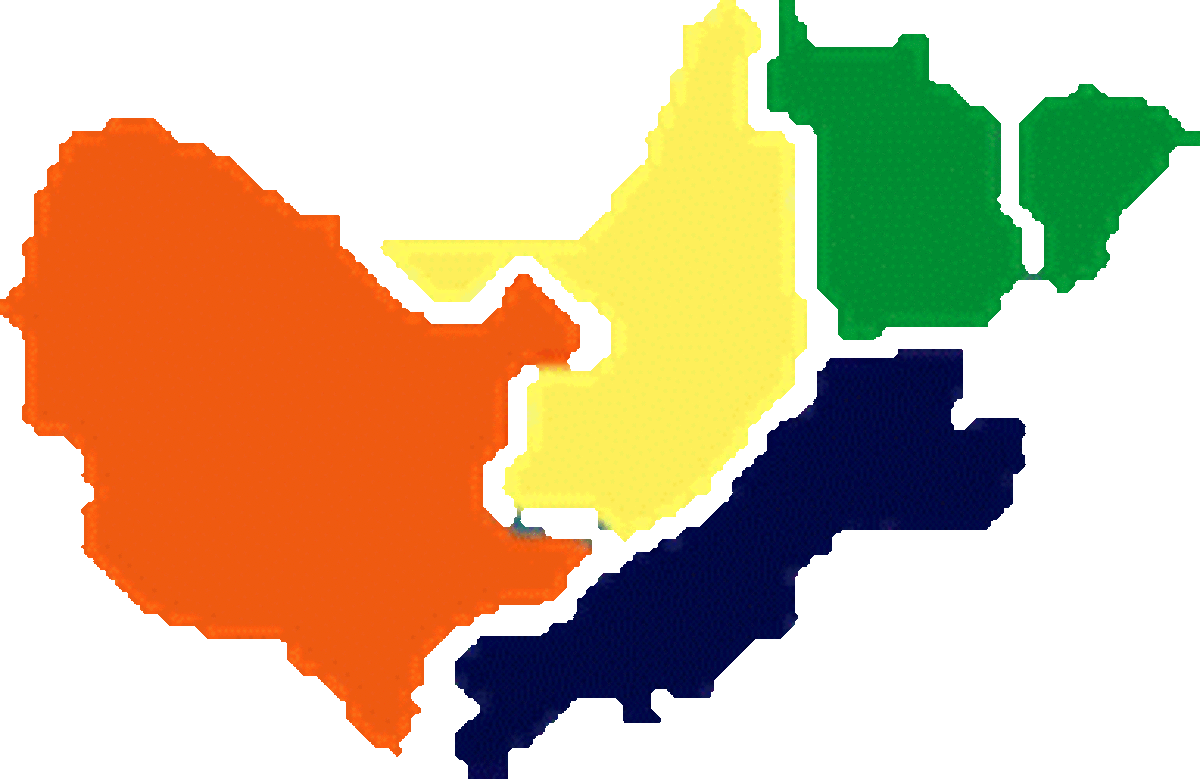
The North West Province
We are now in the North West Province, the homeland of about three-and-a-half-million people and thousands of animals. Of course you will see no wild animals walking in the streets. They live safe and sound in provincial parks. The NW Province accommodates fourteen parks, also known as nature reserves, and host some of the largest traders of wildlife in South Africa, trading nationally and internationally.
The principal products of the province are gold, platinum, diamonds, maize, beef and sunflower seeds.
The North West Province is very much like Texas, with some of the largest cattle herds in the world. Some areas are fertile, mixed-crop farming land; the province is in fact the major producer of white maize in the country. Slightly smaller than the US state of Pennsylvania, the province is divided in FOUR regions, each one with its unique character and climate. On the card they are clearly marked -
- Bojanala Region - (Green)
- Dr Kenneth Kaunda District
[Southern Region] - (Purple) - Dr Ruth S. Mompati District
[Bophirima Region] - (Red) - Dr Ngaka Modiri Molema District
[Central Region] - (Yellow)
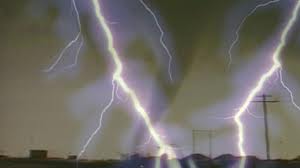
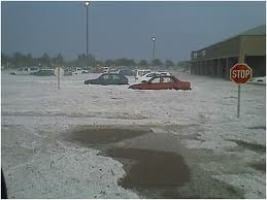
Seasons in South Africa -
At present we find ourselves in the beginning of spring, the most beautiful season. Seasons in SA are -
Spring: September to November.
Summer: December to February.
Autumn: March to May.
Winter: June to August.
Particularly in the North West Province, during its very hot and dry summers, regular but brief refreshing thunderstorms in the afternoon bring profound relief to nature and all breathing creatures. Electrical storms, comprising flashes of lightning and thunder bolts, are quite scary, and are specifically feared by small children and dogs. Temperatures range between 22°C - 34°C (71.6°F - 93.2°F)
Winter means dry, sunny days and chilly nights. Temperature range from 2°C (35.6°F) to 20°C (68°F) in a single day.
Hail storms during summer often damage and/or destroy structures, crops, gardens and vehicles. Lighting is also a killer of animals and people and considered in awe by golfers on golf courses, cyclers and people walking in open fields.
Now, at the beginning of spring, the province is a colorful feast for the eye.
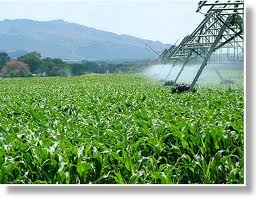
The Southern Region
Klerksdorp is in the Southern Region, called the Dr. Kenneth Kaunda District, and this is where our journey to Pretoria begin.
I’ll probably talk your ears off, as this part of the country offers a lot to talk about. In fact, I will have to skip many important detail, for time, as always, is a factor to be seriously considered.
Please take your seat, buckle up and relax.
Today we choose the N12 to Pretoria - the Treasure Route - thus heading in a north-east direction. If we go south, we’ll end up in Cape Town twelve hours from now.
N12 - Treasure route - Klerksdorp to Pretoria
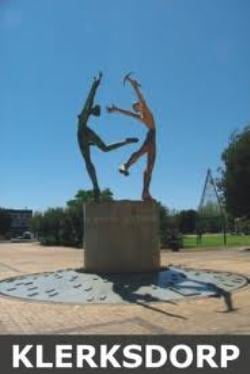
Klerksdorp
The first city on the N12 Treasure Route is Klerksdorp, known as the "City of People". It is one of the four biggest cities in the North West province, if not the biggest. It is also the oldest city in the northern half of South Africa, founded in 1937. Thus 174 years old in 2011 - merely an embrio comparing to modern cities in Europe.
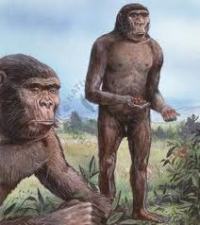
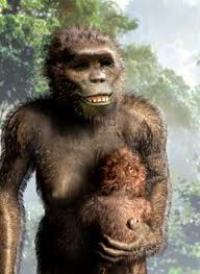
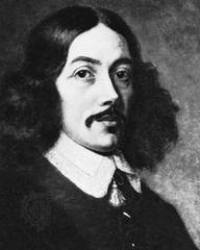
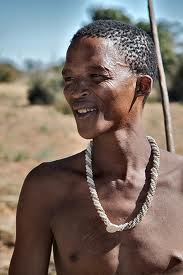
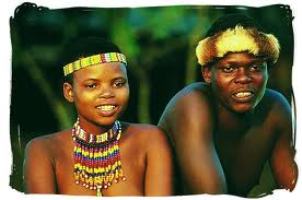
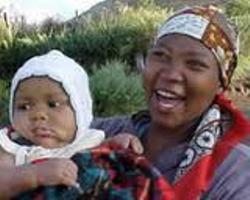
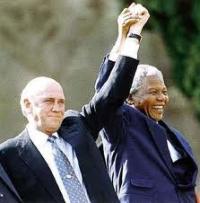
The primates called Paranthropus robustus (considered for a time by scientists as Australopithecus robustus) lived here between 2.0 and 1.2 million years ago. Within two hours we will pass the area known as the Cradle of Humankind, where nearly a third of the entire evidence for human origins in Africa was discovered, including the remains of the Australopithecus africanus – the first australopithecine ever to be discovered and documented, and recently they also discovered the fossils of Australopithecus sediba, which scientists suspect evolved into Homo erectus. If you google ‘Science by Berger and colleagues’ you will find all the detail you need.
To make a long story short, when the Hollander Jan van Riebeeck set foot on shore in 1652 to establish a halfway house for ships - now known as Cape Town - South Africa was inhabited by the Khoikhoi, which means ‘First People’. Today we refer to those people as the Khoi people (Hottentotte) and the San people (Bushmen), and we combine the words to Khoisan. The color of their skins was light, almost yellowish brown. The blood of the San people contains some of the oldest genetic markers found on Earth – their Y-chromosomal DNA haplogroup (type A) is one of the oldest, splitting off around 70,000 years ago.
The Nguni peoples, inter alia the Zulu and Xhosa, who migrated from Mid-East-Africa about two thousand years ago, as well as the Sotho people, who migrated from Mid-West-Africa about 200-500 CE - known as Iron Age immigrants - spread across Southern Africa, forcing the Khoisan to the edges of the country – to the sandy beaches and the desert where they were eventually forced into extinction by immigrants from Europe since 1654.
Let me skip the tribal wars of that era. We know the madness of powerful leaders, coveting the territory and wealth of other peoples, killing and destroying as far as they go. Fact is Jan van Riebeeck arrived in 1652 in South Africa to be the founder of Western culture and traditions.
At that time wars, poverty and all kinds of epidemics in Europe inspired thousands of Europeans to migrate to South Africa. Here they flourished as farmers and businessmen, enslaving the original inhabitants without blinking or blushing.
By 1834 – almost two hundred years after Jan Van Riebeeck's arrival, whites considered themselves as thoroughbred South Africans. Their migration up north, to the northern part of South Africa, called the 'Groot Trek' - Big Trek - started in 1834. For now the only important fact is that some whites managed in 1837 to establish the first white settlement on the banks of the Schoonspruit - (a creek of the VaalRiver) - and they called it Klerksdorp in honor of the first magistrate, Jacob de Clerq.
By the way, our old president FW de Klerk was once an attorney in Klerksdorp before he went into politics - as a matter of fact I'm working in the building that was erected by the company he was working for. Another famous person who was born and raised in Klerksdorp, is Archbichop Desmond Tutu. More information about Klerksdorp is available at http://en.wikipedia.org/wiki/Klerksdorp.
This specific region was the territory of the Tswana people, correctly called the Batswana - they are related to the Sotho people, correctly called the Basotho. The prefix ‘ba’ means ‘people of’. Some alleged that they migrated from East Africa to South Africa in the 14th century, other say they were here since 400 AD, and some say they were here since the beginning, whenever that was.
The Batswana was ruled by a king and every village, comprising of huts built with mud, poles and thatch, had a chief. The whites bought land from the chiefs, paying with cattle. (Money was a Western medium of exchange totally unknown to the blacks.) Because of endless disputes over chieftain ascendancy, there are today fifty-nine different groups of Batswana in this country, and keep in mind that the Batswana is but one of eleven native nations in this country.
The history of each nation in this country is extremely interesting, but on this journey I don't have enough time to tell you all about it. Let's jump to 1994, when Apartheid was demolished. Thanks to Nelson Mandela and FW de Klerk (who shared the Nobel Peace Prize in 1993) we are all today in South Africa one nation, called the Rainbow Nation.
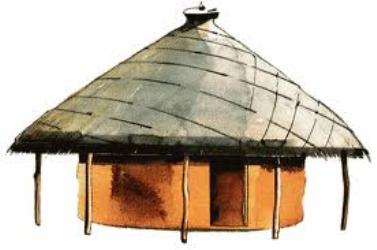
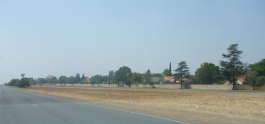
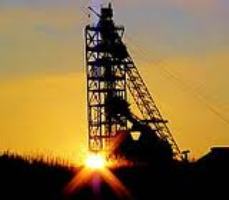
We are now, five minutes after we've left Klerksdorp, passing a little town called Stilfontein. (Silent Fountain). Like most of the towns in this region it was founded to host employees of gold mine companies. Up until a few years ago South Africa was the world's largest gold producer. As far as I can remember we are now in the 3rd position.
Most economic activity is concentrated in the southern region between Potchefstroom and Klerksdorp. But then there is also Rustenburg in the Eastern region, surrounded by platinum mines, where more than 83% of the province's economic activity takes place - the reason why the North West Province is also known as the Platinum Province.
You will notice that the landscape of the southern region is largely flat regions of scattered trees and grassland. (In contrast with the dense bushvelds and subtropical areas in the Eastern region).
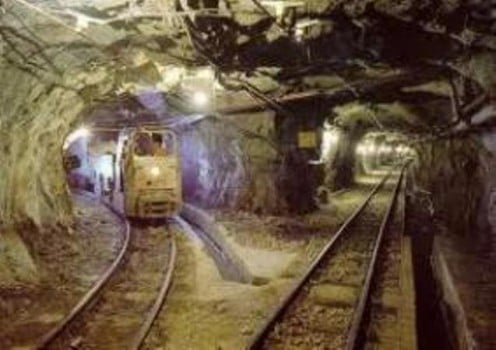
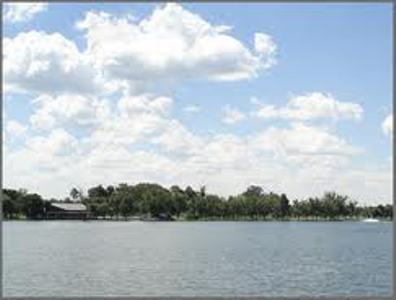
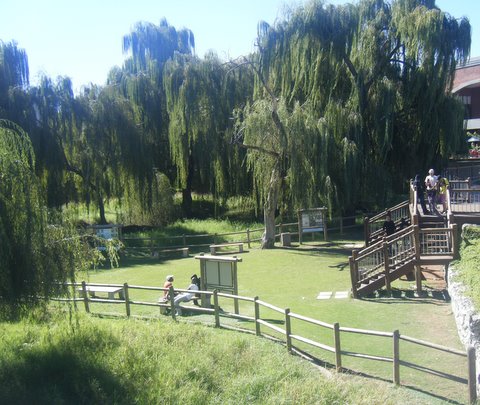
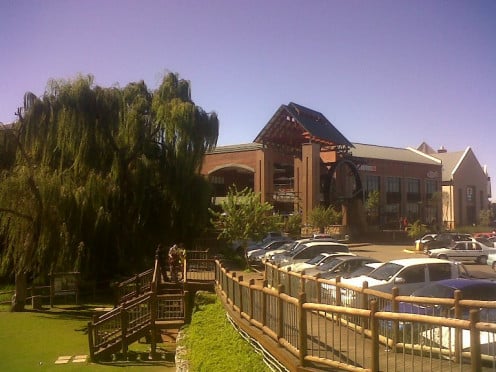
Potchefstroom
Half an hour from Klerksdorp we enter Potchefstroom, the region's academic city accommodating the Pochefstroom Campus - one of three campuses - of the North West University. It stands to reason that this city is known as “The City of Expertise”. The original university, called the Potchefstroom University for Christian High Education, was founded in 1869. Currently it is one of the biggest universities in the country, accommodating approximately thirty-two-thousand students per year.
Potchefstroom also hosts a technical- as well as an agricultural college - the latter is the largest single agricultural service point on one terrain in Southern Africa. Academies for tertiary education in Somatology, Health and Skincare Therapy, Holistic Health Therapies, Interior Design and Decorating, attract students from all over the country, making this city a sparkling globe of youth, energy, intelligence and romance. Like all towns Potchefstroom also has many nursery-, primary- and secondary schools.
Potchefstroom is also known as North-West Province's "Home of Sport". It is the provincial headquarters of seventeen of the most important sports. The city’s beautiful botanical garden covers an area of almost 3 hectares. Most of the plants in this garden are indigenous.
Situated on the banks of the Mooirivier - (Beautiful River) – Potchefstroom is only one year younger than Klerksdorp. Some people still believe Potchefstroom is the oldest city and not Klerksdorp, but as far as I remember Klerksdorp finally claimed the ‘trophy’ in 1987 during its 150th year of existence.
Potchefstroom was the first capital city of the Zuid Afrikaanse Republiek (ZAR), also known as the Transvaal Republic. It was an independent republic, ruled by the whites who migrated from the south, in the second half of the 19th century (1857-1877). It dissolved under the rule of the British Empire and was reestablished in 1881-31 May 1902, when it was once again annexed by the UK. In 1910 it became the Transvaal Province of the Union of South-Africa. Paul Kruger was this parliament’s most famous president. My great-great grandfather, PJ Coetser, also known as Kaleshaan (man with the one-horse car), was at a time minister of affairs considering the blacks, responsible to maintain peace through negotiations with their kings and chiefs.
Potchefstroom has modern shopping centres, providing goods to all people in the region. Some people from Klerksdorp reckon Potchefstroom provides the best, while some people in Potchefstroom consider Klerksdorp as the best provider. So especially on Saturday mornings going and returning between these two cities is the mission of many.
Holiday resorts on the banks of the Potchefstroom Dam and the Boskop dam, as well as in nearby nature reserves, and at its 18-hole country club, offers relaxation to the citizens of Johannesburg – the largest city in SA one-and-a-half hour per car from Potchefstroom.
Although another city in SA (Stellenbosch) is known as the ‘City of Oaks’, more Oaks are growing in Potchefstroom. One of its streets, Oak Avenue, framed with oaks planted in 1910, was declared a national heritage site in 1976.
Potchefstroom accommodates many industries for steel, food and chemicals. It is also the domicilium of the province’s regiment of the South African National Defence Force.
If we take the time, we can turn right and travel south for a while to see the -
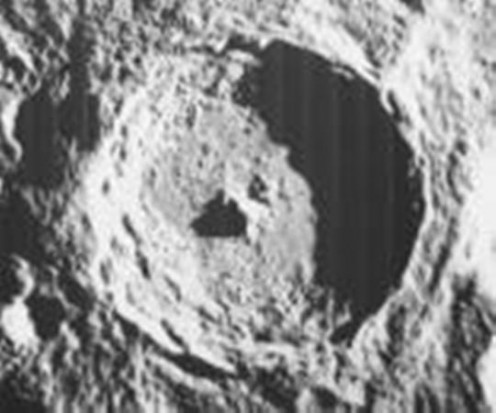
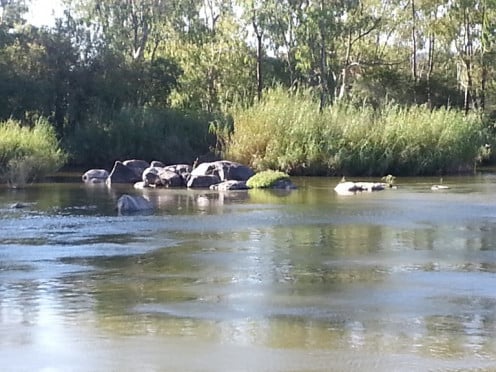
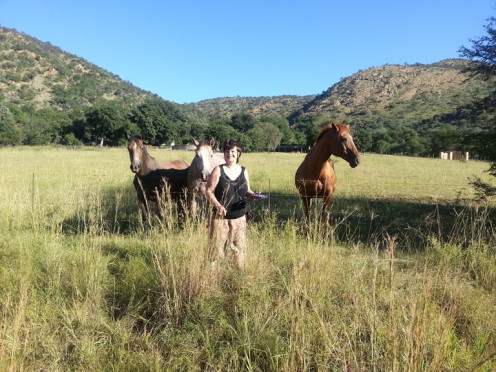
Vredefort Dome
This dome was created by a massive meteorite some 2023 million years ago. It is over 10km³ (more than 6 miles³) in diameter and is the oldest evidence of this nature in the world. With a radius of 190km (118 miles) it is also the largest and the most deeply eroded.
This energy release event caused devastating global changes, though today it is a awesome piece of nature. The eroded remains of the dome created by the rebound of the rock below the impact site, are rings of hills with beautiful green valleys beween them.
It is one of the province's prime adventure tourism sites with numerous tour operators and facilities catering for the needs of campers, hikers, rock climbers, canoeists and white water rafters.
We can take another route back to the N12 to see what I regard as one of the most beautiful parts of the southern region.
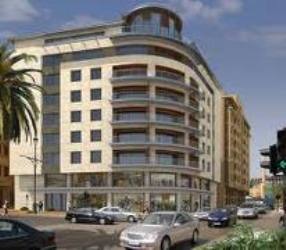
Fochville
On our way back to the N12 we will pass a beautiful little town called Fochville. In this area we’ll find a number of Sotho and Tswana ruins. We’ll also find a stream of sulphurous water. In the early mining days they’ve struck this stream which to this day surges out of the borehole at 2,000 litres per hour. Also attracting tourists is a bird farm and trout hatchery.
Due to my very important date we will not go that way today. We are still on the N12, heading north-east at 120km per hour - 75 miles per hour - which is the maximum speed allowed in our country. From a distance we see a monument on top of one of the hills - a memorial to a Boer scout named Danie Theron.
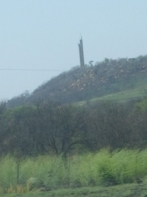
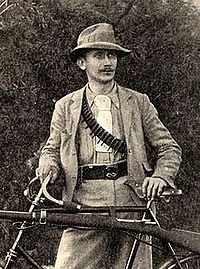
Danie Theron (9 May 1872 - 5 September 1900)
Daniël Johannes Stephanus Theron is best known as the driving force behind the formation of a military bicycle corps for scouting and relaying messages. He was trained as a school teacher, but after earning a law degree he became a lawyer and notary with his own law firm in Krugersdorp.
During the Second Boer War between the British Empire and the Zuid Afrikaanse Republic, Danie was in charge of a significant scouting unit, the Theron's Reconnaissance Corps. The British Commander in Chief, Lord Roberts, referred to Theron as "the hardest thorn in the flesh of the British advance", and he put a reward of £1,000 on Theron’s head, dead or alive.
At one occasion Danie sneaked through British lines to convey a plan for a breakout operation - and sneaked through the lines a second time to deliver the reply.
After the British occupied most of the Transvaal in March 1900, Theron and his men became well known for the guerrilla campaign they conducted against the British Army. While scouting alone on a koppie (hill) near Fochville, he was killed in action.
Danie’s great-great-niece, Charlize Theron, is today a well-known actress and model in Hollywood.
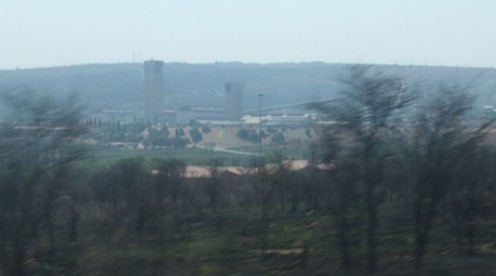
Deepest mine in the world
On the left side of the road is the Western Deep No.3 Shaft, with a 2 kilometer deep main shaft being sunk in 1957. The mine is now better known as the TauTona Gold Mine. At almost 4 kilometers (2,5 miles) it is currently the deepest active mine in the world. (TauTona is the Setswana word for ‘great lion’.)
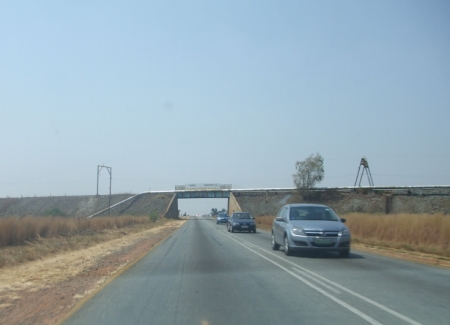
Johannesburg
At this point we have a choice. We can stay on the N12 to end up in about half an hour in Johannesburg where we will take the M1 highway to Pretoria. But we prefer to turn left to approach Pretoria via a less boring road.
The mine-town behind dense trees on the left is called Carletonville. On the right side is a township expanding at an alarming speed. Since Apartheid had been demolished in 1994, many blacks moved to previously ‘white’ suburbs, and some whites moved to previously ‘black’ suburbs where the cost of living is minimal.
The Government’s efforts to build houses for the poor seem to be totally insufficient. You want to know why don't they build lovely huts instead of unsightly shacks with corrugated iron? Then consider the fact that the original recources for huts are no longer (freely) available, the risk of fire, as thatch roofs are extremely inflammable, and the fact that open fire for cooking and heating is still the order of the day in townships, in spite of electricity and gas. An anachronism, also the order of these days in many townships, is an expensive car in the driveway of a house build with corrugated iron.
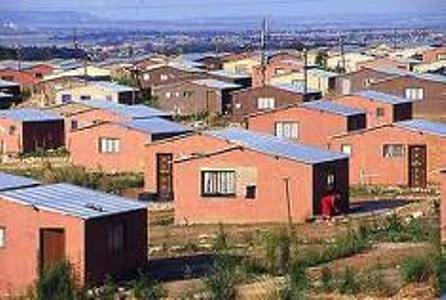
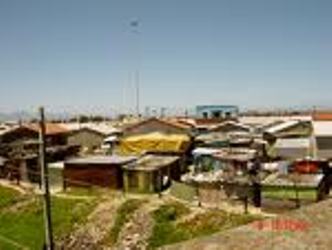
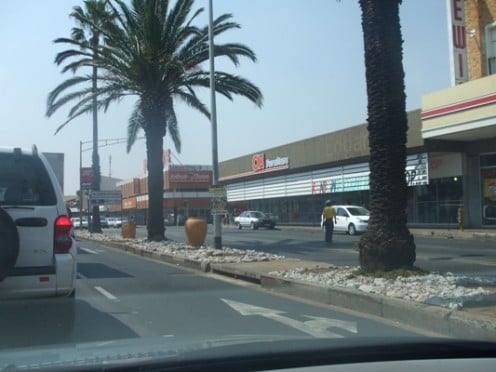
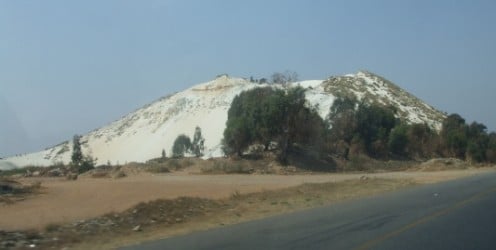
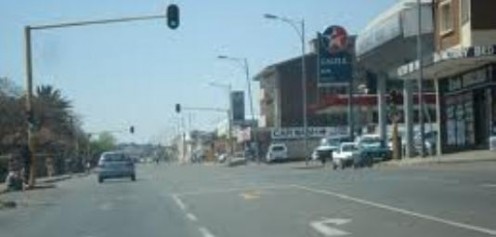
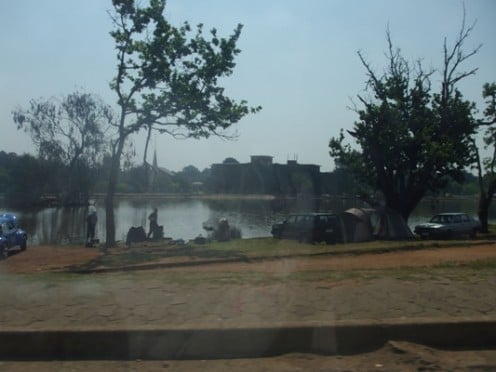
Visible from the highway the famous -
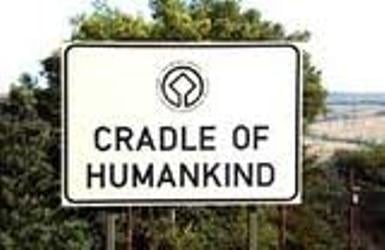
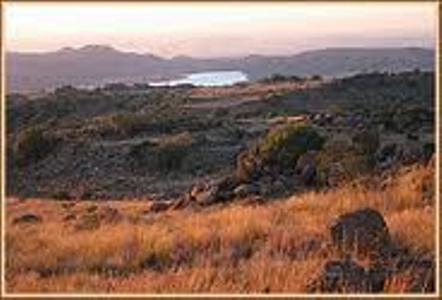
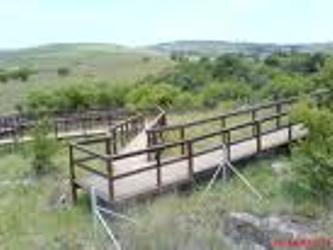
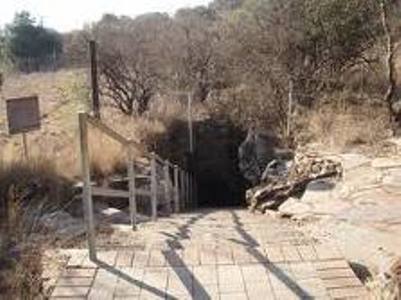
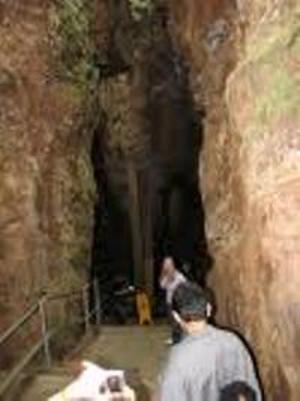
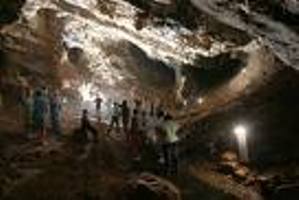
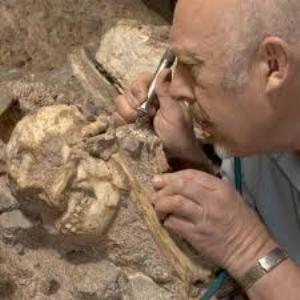
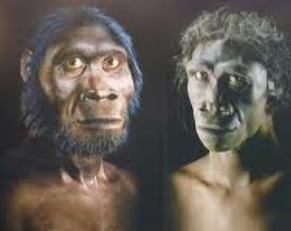
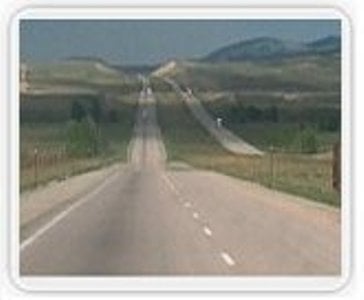
At last we are in Pretoria
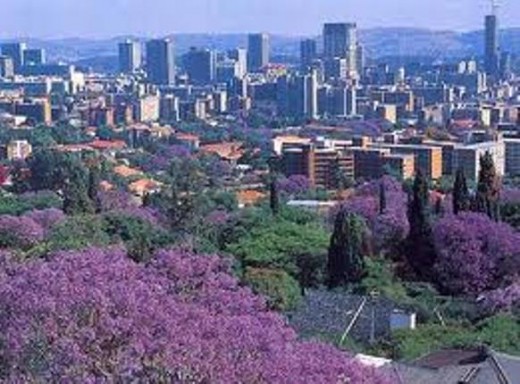
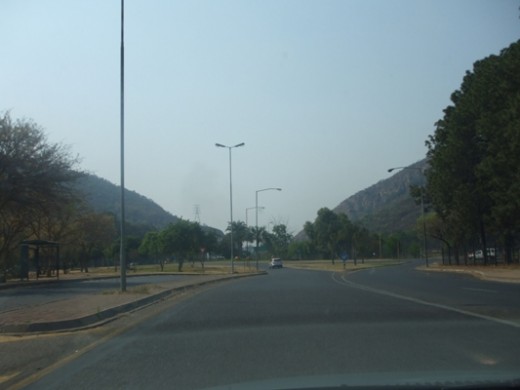
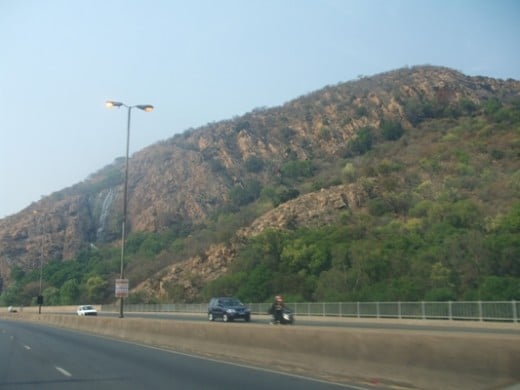
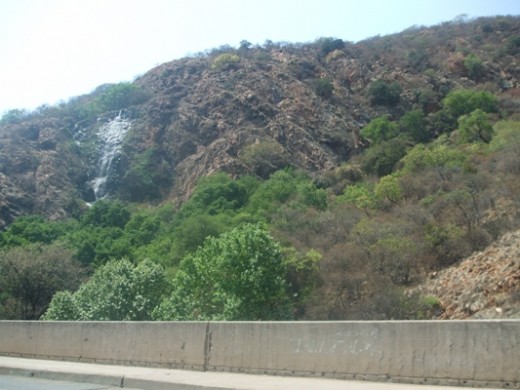
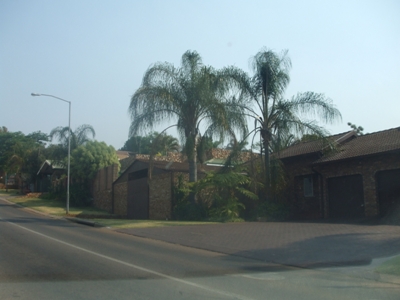
And there he is, my IMPORTANT date with my grandson to celebrate his birthday
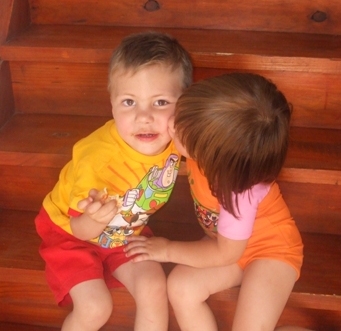
Julian on 24 September 2011
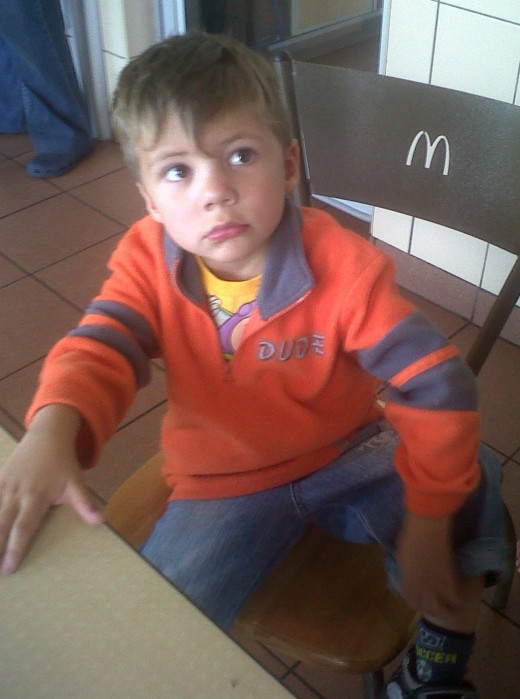
Waiting for the party to begin...
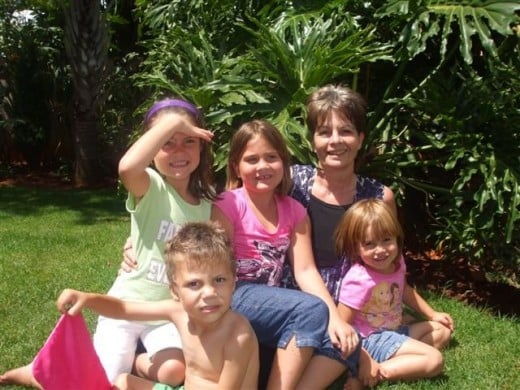
- Don't ever be a party-pooper!
Are you too old for a party? If your answer is yes or no, please evaluate with me the birthday parties of toddlers in South-Africa. Now this is not any toddlers parties, but the parties of...
About Pretoria
After the party we will return to Klerksdorp via the central part of the North West Province
- South Africa (en route from Pretoria to Klerksdorp)
We have taken the N12 - the Treasure Route from Klerksdorp to Pretoria. http://hubpages.com/hub/South-Africa-en-route-from-Klerksdorp-to-Pretoria Now we are going to take the N4 Platinum Bakwena Toll...
Find more information about the North West Province @
http://www.tourismnorthwest.co.za/
http://www.southafrica.info/about/geography/north-west.htm
Recommended hubs about South Africa
- http://hubpages.com/hub/Extermination-of-the-Bushmen
- http://hubpages.com/hub/Pretoria-the-Jacaranda-Cityof-South-Africa
- http://hubpages.com/hub/What-happened-after-Nelson-Mandela-walked-out-of-prison
- http://hubpages.com/hub/boer-war
- http://hubpages.com/hub/A-celebration-of-Charles-Darwins-200-years
- http://hubpages.com/hub/Xenophobia_poverty_and_capitalism_in_South_Africa
